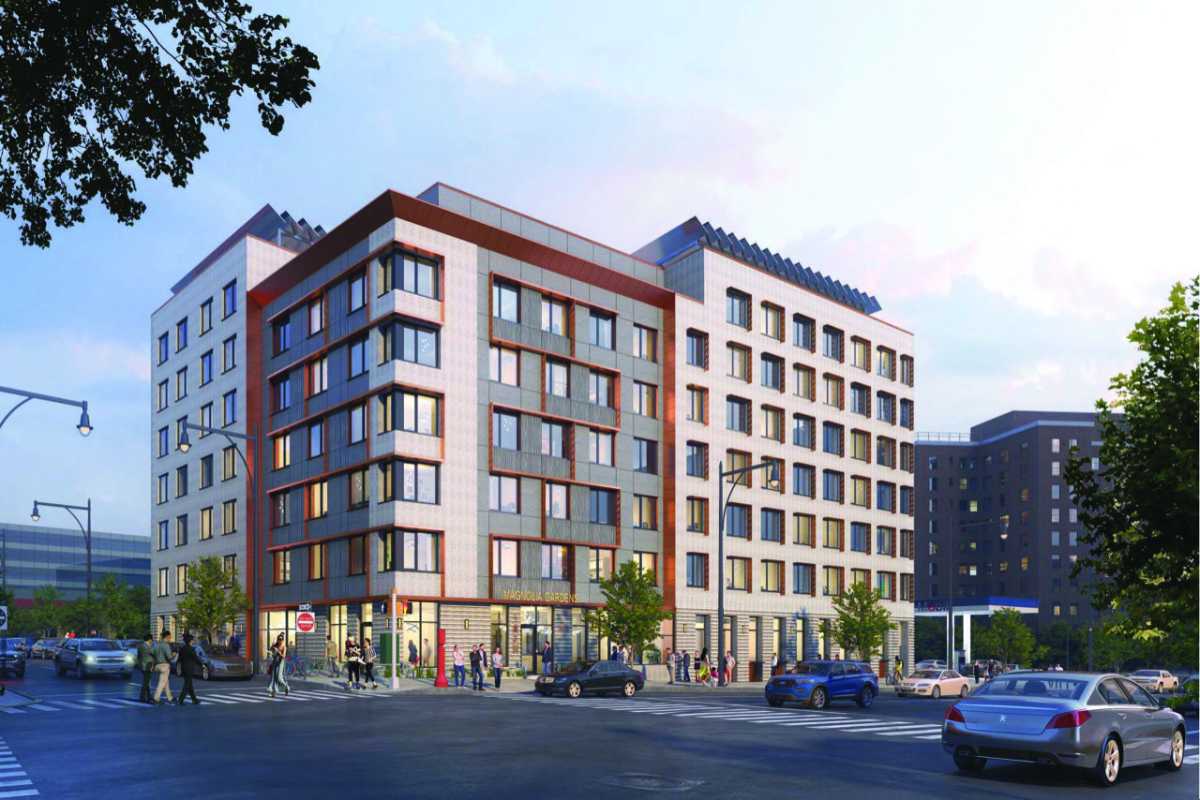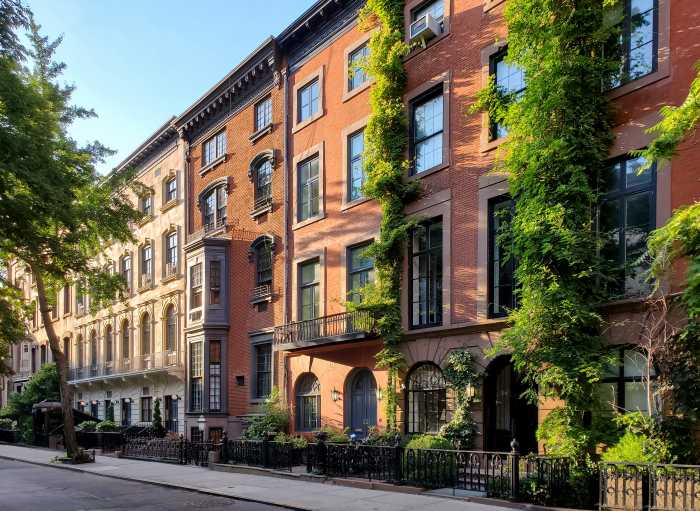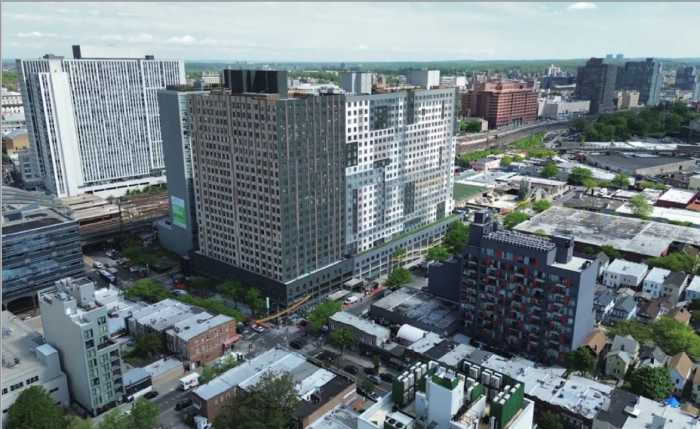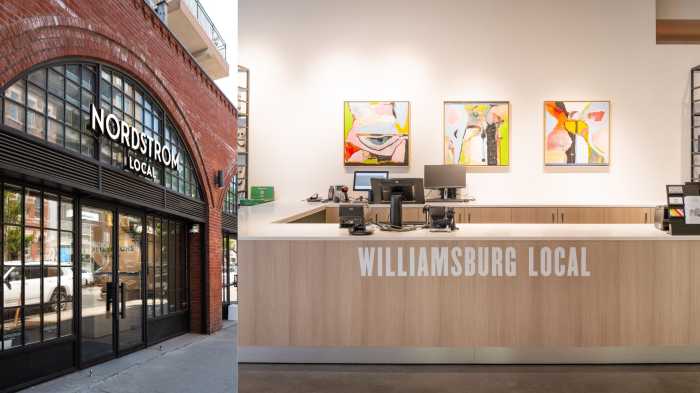Asian Americans for Equality (AAFE), a nonprofit organization that provides affordable rental housing and home ownership for New Yorkers, is proposing a new transitional housing project in Flushing to assist Asian families with children experiencing homelessness amid the ongoing COVID-19 pandemic.
Transitional housing is temporary housing that offers support services for different segments of the homeless population or those experiencing a crisis. It provides safe housing, stability and support for families to get back on their feet and transition to permanent affordable housing.
“That illustrates the kind of need in the community for these types of transitional projects to provide safe, quality shelter for families impacted by natural disasters. It’s happening at a greater frequency and there is an urgent need for more transitional housing in communities,” Sun said.
This is a first-of-a-kind project for AAFE, which is partnering with the Urban Resource Institute (URI) to develop a residential building at 39-03 College Point Blvd., which will be contextual to the neighborhood.
The project includes 90 units that will each have a private kitchen, bathroom and living space, so families can experience an apartment living environment.
According to Sun, a project such as this doesn’t exist for Asian families in New York City.
It is understood in the Asian community that the city’s shelter system is not welcoming to Asian families with children, since there are no Asian language services available, Sun said.
Families also fear being attacked at a shelter and not having the support to communicate with officials. This results in them staying with relatives or renting beds with unrelated family members in overcrowded apartments on a temporary basis.
“It places them in a precarious situation and remains at risk of homelessness,” Sun said.
AAFE’s transitional housing project will provide on-site services such as job training and placement support, tutoring, after-school programs for children, one-on-one case management and counseling to help each family find permanent housing.
This isn’t the first time AAFE has provided affordable rental housing for Flushing residents.
In 2019, the organization developed a 231-unit building, One Flushing, located at 41st Avenue between Main Street and College Point Boulevard that is fully occupied. It was the first major affordable housing project in decades to be constructed in the community.
AAFE’s current project will benefit the community at large, providing temporary construction jobs and permanent jobs, such as a commitment from its partner URI which will hire locally and maximize opportunities in Flushing.
“We want to provide temporary housing resources for families already living and working in the neighborhood and to stay while they’re getting their lives back together again,” Sun said. “This is a benefit to small businesses and residents will contribute to the local economy, and their children will benefit from staying in school.”
Before COVID-19 hit New York City in March 2020, Flushing residents were experiencing xenophobia and businesses reported a loss of revenue due to a slowdown in customers at restaurants, nail salons and hotels. Their revenues had plummeted by over 60% at a peak time during Lunar New Year. It was an economic spiral for the community as small businesses were struggling to stay afloat and significant layoffs were occurring as a result of the pandemic.
“Specifically, we saw through social services a significant increase in the number of immigrant residents who lost their jobs because many of them are concentrated in retail, hospitality and service sectors, which were adversely impacted by the pandemic,” Sun said.
According to AAFE, the number of Asian Americans claiming state unemployment benefits in New York rose by over 4,000% from May 2019 to May 2020 – nearly three times the increase for the state overall. More than 200,000 Asian Americans claimed unemployment benefits from May 2019 to May 2020 — the increase in Asian claimants has been higher than other racial groups. In 2019, more Asians were living in poverty in Flushing than citywide.
In the early days of the pandemic, the city’s shelter-in-place order had created a condition where families living in overcrowded apartments didn’t have the space to quarantine or self isolate if infected with the virus. That resulted in a high rate of COVID-19 infection and death in Flushing, Sun said.
“Despite the eviction moratorium, landlords were still trying to increase the rent. They were not providing heat or hot water and maintaining safe living conditions for families to practice hygiene and protect themselves from COVID infection,” Sun said. “Families who are evicted from their homes are families with children who are eligible for the project we are developing.”
However, there has been misinformation about the residential building being a homeless shelter, which is not true, Sun said.
“It provides services on-site that are focused on providing one on one case management for families with children, helping them find a job, securing the income support and housing subsidies to be able to move into permanent housing as quickly as possible. A shelter doesn’t provide that type of case management support,” Sun said.
In regards to the design of the building, Sun said the 90 units will function as individual units. There will be no shared kitchens or bathrooms, which are more common features of shelters.
According to Sun, there is a possibility in the future for the project to be converted from transitional housing to permanent affordable housing.
AAFE is partnering with the city Department of Homeless Services (DHS) that will be funding the acquisition of the property that AAFE owns to dedicate the space for a “purpose-built facility,” which is being built specifically for families with children. DHS will fund the construction and operation of the project.
Before the holidays, AAFE made a public announcement that they’re putting the project on hold to have a discussion with the community and elected officials about the project.
Sun says they’re committed to moving the project forward later this year. Construction will take 20 months to complete and their goal is to open in 2024.




































